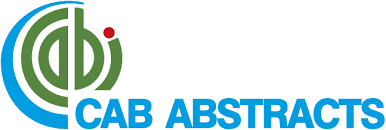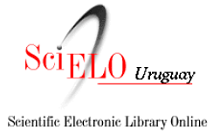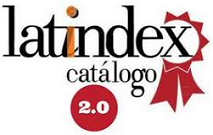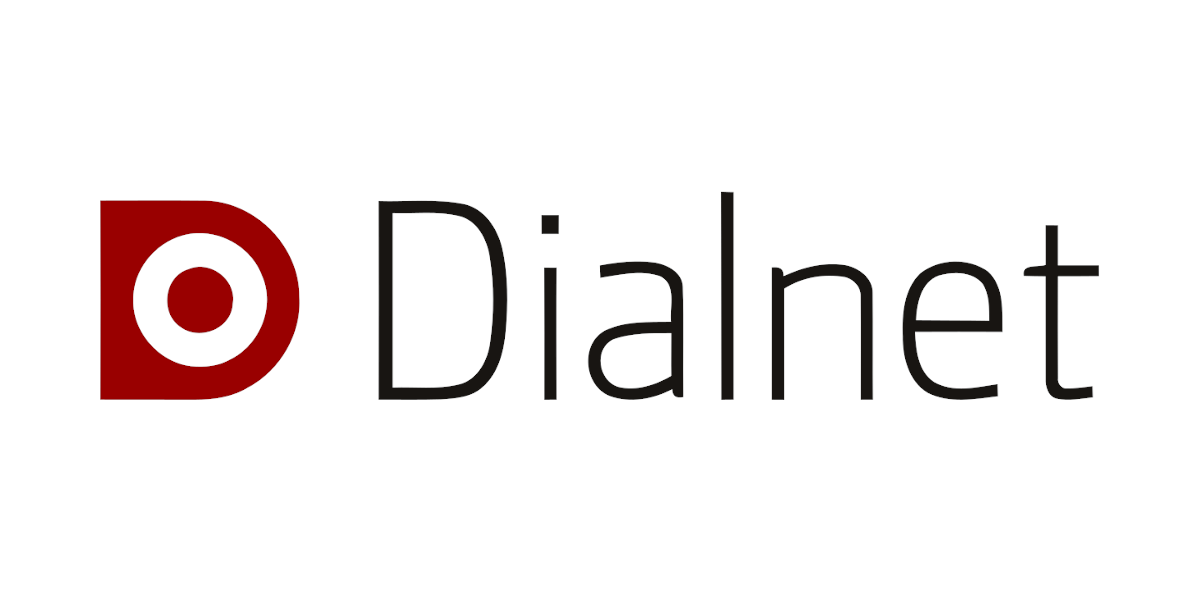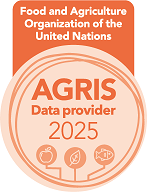Inclusión de DHA en la dieta de reproductores de codornices japonesas y su efecto sobre la actividad antioxidante del hígado y la yema de la progenie
Palabras clave:
Ácidos grasos poliinsaturados, Microalgas, Peroxidación lipídicaResumen
The quality of incubation and progeny is related to the nutrition of breeders, and supplementation with docosahexaenoic acid (DHA) in the diet enriches eggs and improves antioxidant activity during incubation. Only a few studies have demonstrated the effects of DHA on avian metabolism. Thus, the objective of this study was to evaluate the effects of different levels of DHA in diets on the antioxidant activity of the Japanese quail progeny. A completely randomized design was used, with 5 levels of DHA (0; 0.015; 0.030; 0.045; and 0.060 %) and 12 replications of 8 birds each (6 females and 2 males). Diets were developed based on DHA levels, with DHA sourced from the microalga Schizochytrium sp., which contains 17 % DHA. For each treatment, 10 pools of 5 eggs were obtained from fresh eggs for yolk and during incubation (15 days and hatching) for liver and residual yolk/vitelline content samples. The samples were frozen in liquid nitrogen, lyophilized, and stored at -80 °C. Five pools/treatment/method were used to determine the oxidative status through the percent (%) elimination activity of 2,2-diphenyl-1-picrylhydrazyl (DPPH) radical and lipid peroxidation using the thiobarbituric acid reactive substance method, which measures malondialdehyde (MDA). Data were analyzed using analysis of variance and regression with the GLM procedure and SAS® software at a significance level of 5 %. DPPH % increased linearly (P<0.001) with the increase in DHA inclusion in breeders’ diets for yolk, liver, and yolk content. At 15 days of incubation, the DPPH % of the yolk sac content had the highest concentration with the estimated addition of 0.05 % DHA (P<0.001). MDA concentration decreased linearly with increased DHA in the diet across all tissues and study periods (P<0.05), except for the yolk content at 15 days of incubation (P=0.347). These results showed that the inclusion of DHA in the breeders’ diet increased the oxidative status and reduced lipid peroxidation in both fresh and incubated egg yolks and in the progeny’s liver, improving the developing chick’s metabolism. Docosahexaenoic acid provides a substrate for the attack of free radicals, minimizing their impact on biological systems and thereby reducing their oxidation. In conclusion, the inclusion of 0.060 % DHA in the diet of Japanese quail breeders improves antioxidant capacity and lipid peroxidation before, during, and at the time of chick hatching, thereby enhancing progeny development.
Descargas
Publicado
Cómo citar
Número
Sección
Licencia
Derechos de autor 2025 Sociedad de Medicina Veterinaria del Uruguay-Facultad de Veterinaria, Universidad de la República

Esta obra está bajo una licencia internacional Creative Commons Atribución 4.0.


